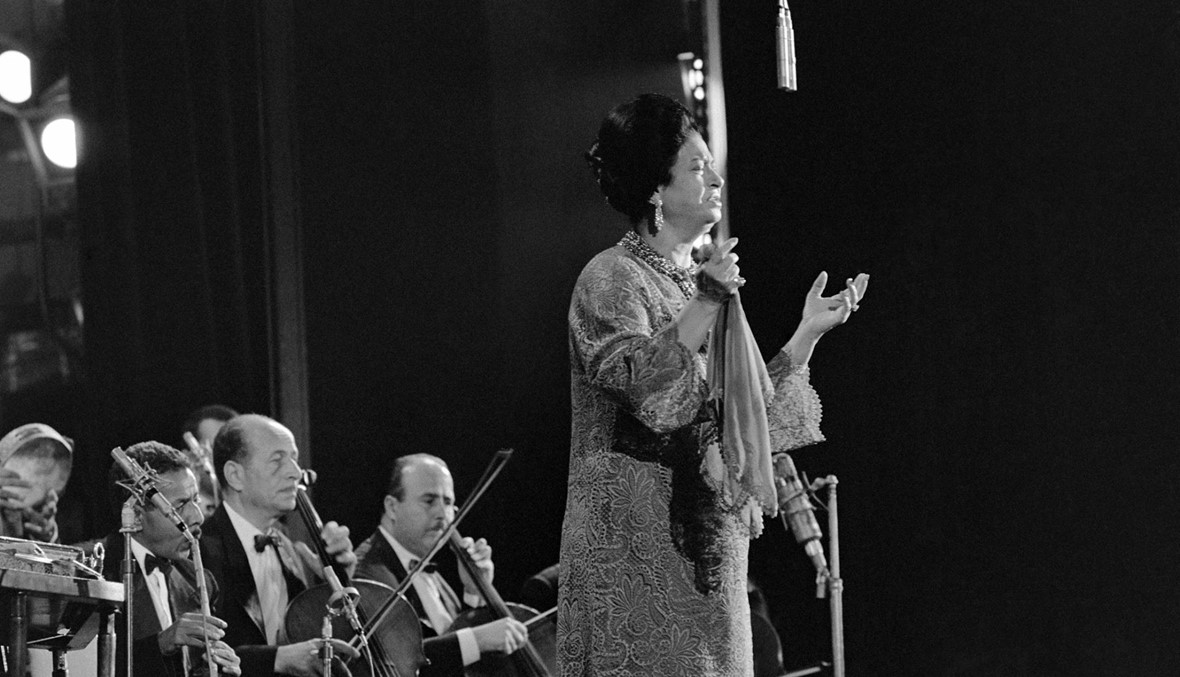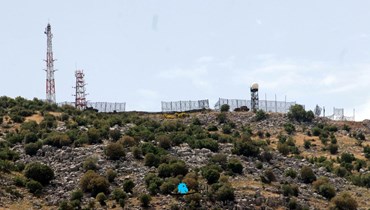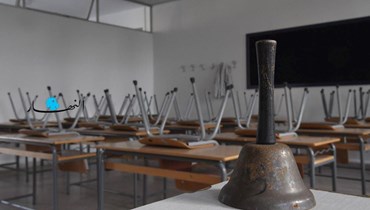From the ‘Ouff’ to the Pop: What changed in Arabic music
BEIRUT: From Umm Kulthum and Mohamed Abdel Wahhab to Fariouz and Warda El Jazairia reaching today’s Nancy Ajram and Mashro’a Laila, what has changed in Arabic music?
Historically, in Levant countries, Arabic music was known as ‘classical Arabic music’ or more colloquially known as ‘tarab.’
The wasla characteristics, which include the dominance of the quarter and three-quarter notes, the use of Arabic instruments such as the Oud and the Nay, the maqam system (set of notes played in a specific pattern); and others, were essential in the performance of classical Arabic music.
However, over history, Arabic music underwent three major modifications that resulted in the decrease in importance of classical Arabic music and the rise of what is known today as ‘modern Arabic music.’
“It all started when people began believing that the West is better and that their imitation is essential for our music to flourish,” Ghassan Sahhab, musician, and researcher specialized in Levantine music, told Annahar.
“This in its turn resulted in overtaking our musical language.”
MODERNIZATION
The first major change dates back to the 90s and was a result of the evolvement of the idea of modernization in the Arab world.
“Modernization as a term carries several definitions,” said Sahhab, “for some, modernization meant to copy western music. For others, it meant to study the history of Arabic music and create a new form of music that is unique to our part of the world.”
The modification of music took place through three major events that happened in Egypt.
According to a study published by the Congres des Musiques dans le Monde de L’islam, the first event was the First International Congress of Arab Music. Some of the outcomes of the conference, which was assumed to be the most important in the process of westernizing Arabic music, included the introduction of Western harmonies and instruments to Arabic music.
Middle Eastern Music and Dance research highlights the other two events that also happened in Egypt and caused a change in Arabic music: the introduction of the phonograph, the first recording sound device, and the beginning of the film industry.
On one hand, the study considered that the launch of audio recording meant that the wasla format was to be modified. Improvisations were no longer allowed and songs, which were once an hour long, were now limited to a maximum of 7 minutes.
“Almost 60 percent of the music used to be improvised, which means improvisation played a major role in our music,” Sahhab told Annahar.
“However, after the introduction of the phonograph, people were amazed by the technology and started imitating ready-to-hear Western recordings and thus, forgot about the improvisation. Even the ‘mawal’ started to be composed,” he added.
On the other hand, the study also suggests that the introduction of film in Egypt in 1932 meant that many Western music characteristics were to be implemented in Arabic music.
Since films created during that period were highly westernized, Arabic music failed to fit into the scenes. Thus, Arab producers and directors had to change some of the identity of Arabic music into a more western style to fit the westernized scenes.
Arabic music started to sound similar. As the demand for movie soundtracks exceeded the supply, composers had minimal time to produce music for all the movies that were being produced and thus, started producing similar soundtracks.
'Tarab' continued but going back to traditional music seemed impossible as Western features in music increased according to the study.
“Today, music production for films took a new direction,” said Sahhab. “We no longer create a soundtrack that fits the aura of the movie, but rather one that is a copy of a Western soundtrack.”
REVOLUTION
The journal “Egypt: Cinema and Revolution,” by Ella Schochat, highlighted the role played by the revolution in Egypt against foreign rule in 1952.
This event is considered the second major event that led to another change in Arabic music. The uprising led to the rise of modernized and political Arabic music with singers such as Fairouz and Warda al Jazairia. Shorter and more national songs took over Arab countries as 'tarab' declined.
INTRODUCTION OF MASS MEDIA
The final event that led to the third change in Arabic music was the introduction of mass communication, as suggested by the Middle Eastern Music and Dance report.
The introduction of radio, and later television to the Arab world meant an increase in the exposure of Arabs to Western pop, disco, and other types of Western music. This led to an increase in the demand for such type of music and to the rise of pop Arabic music.
“The introduction of the radio to our world meant improvisations and longer recordings were brought back to life,” said Sahhab. “However, this did not mean that the new Arabic music style stopped or wasn’t being played.”
Due to the above major changes, our Arabic music no longer carries a ‘tarab’ feeling, but rather a more ‘modern’ one. Does this change mean Middle Eastern music has lost its identity or has just grown into something new?
“There still exists a group who is damaging our Arabic music rather than allowing it to have a natural evolution,” Sahhab told Annahar, adding “But, if a small group of people keeps on trying to revive our music and allow it to evolve naturally, there will come a day when our music will flourish once more.”


 اشترِك في نشرتنا الإخبارية
اشترِك في نشرتنا الإخبارية











